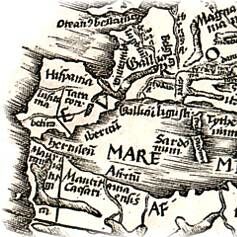The History of Playing Cards
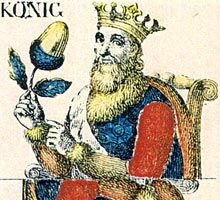
David Hurter, Schaffhausen
David Hurter built up a playing card business in Schaffhausen during the 18th century.
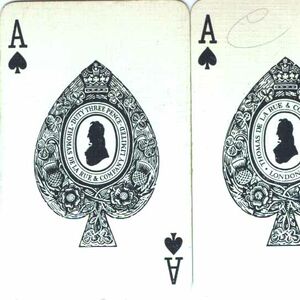
De la Rue’s 125th anniversary
In around 1955 De la Rue introduced a new coloured joker and a series of aces of spades with a silhouette of Thomas de La Rue which coincided with their 125th anniversary
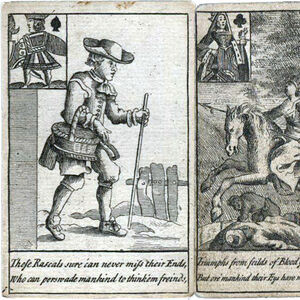
Delightful Cards, c.1723
Delightful Cards, containing variety of entertainment for young Ladies and Gentlemen c.1723.
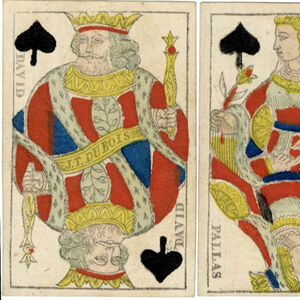
Dubois
Dubois card makers from Liège in the Walloon Region of Belgium.
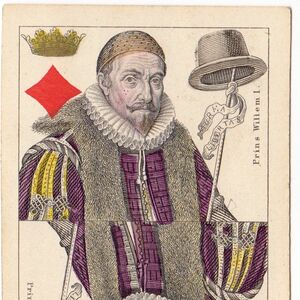
Dutch costume playing cards
Dutch costume playing cards made for the Dutch market in the second half of the 19th century.
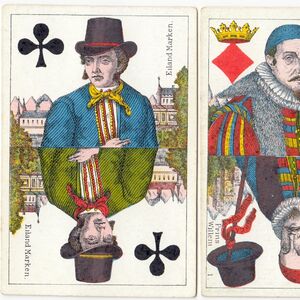
Dutch costume playing cards from an unknown maker
Another pack of Dutch costume playing cards c.1880.
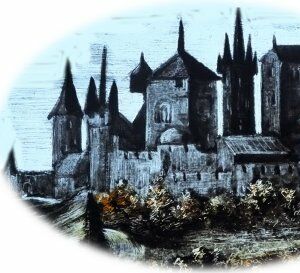
Early Anglo-French Cards
Cards produced in Rouen during the sixteenth century. It was cards like these which were imported to England and are the ancestors of the modern 'Anglo-American' pattern.
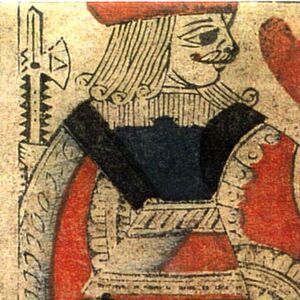
Early English Playing Cards
Early examples of traditional, standard English playing cards of which the best known are those of Hewson of the seventeenth century, and Blanchard from the eighteenth century.
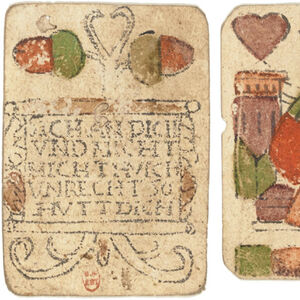
Early German playing cards
Some early examples of popular German playing cards from the XV and XVI centuries.
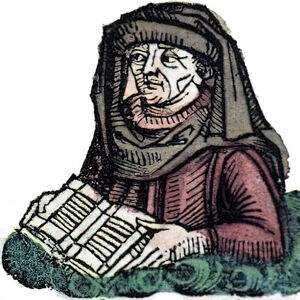
Early History of Playing Cards & Timeline
Out of an apparent void, a constellation of references in early literature emerge pointing to the sudden arrival of playing cards, principally in Belgium, Germany, Spain and Italy around 1370-1380. Discover the early history of playing cards in our timeline from 50AD to the 15th century.
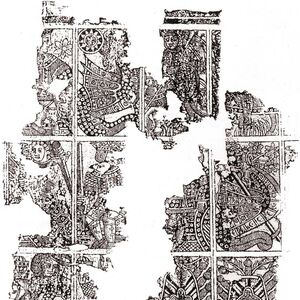
Early Spanish/Portuguese type
Fragment of a sheet of archaic Spanish-suited 'Dragon' playing cards found during restoration of a house in Antwerp built between 1559 and 1574
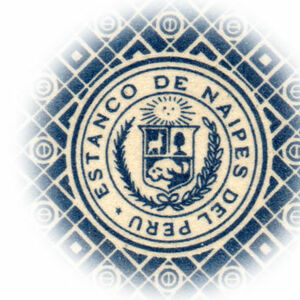
Estanco de Naipes del Perú
In October 1888 the Republic of Peru Congress passed Law no.26 establishing taxes on playing cards, whether imported or locally produced, according to the quality of the cards.
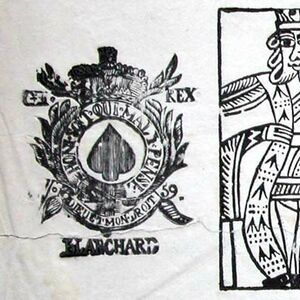
Fake Blanchard Ace of Spades
Fake Blanchard Ace of Spades with court cards based on Hall.
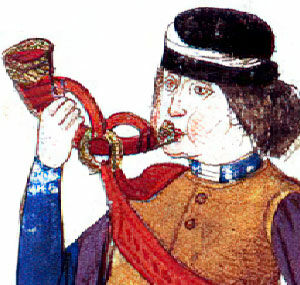
Flemish Hunting Deck
Set of medieval playing cards with King, Queen, Knave and numeral cards from one to ten in each of four suits which refer to the activity of hunting, as practiced by the nobility.
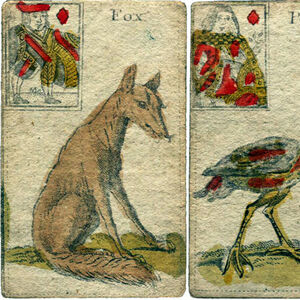
Forrest Cards, c.1750s
Hand-coloured Forrest Cards produced for “Young Gentlemen & Ladys who are Lovers of Ingenuity”, c.1750s.

Fortune Telling playing cards
English Fortune Telling cards probably published c.1770.
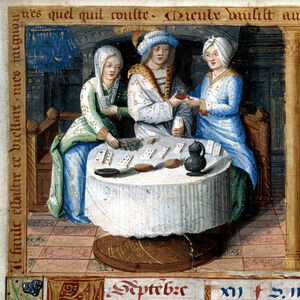
Gambling and Vice in the Middle Ages
Gambling and Vice in the Hours of Charles V: card-playing in the local tavern
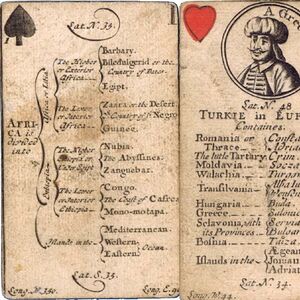
Geographical Playing Cards, c.1682
Geographical playing cards sold by Henry Brome, second edition, c.1682.
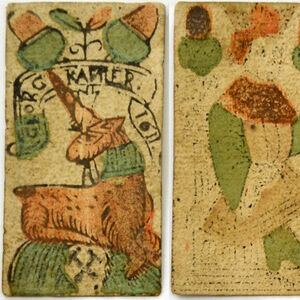
Georg Kapfler
Antique deck of old Bohemian playing cards of the German type manufactured by Georg Kapfler and dated 1611.
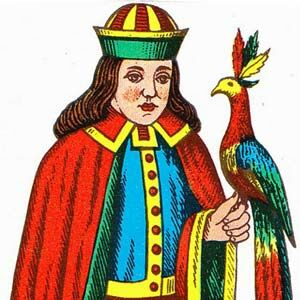
German Saxon Pattern
The German Saxon Pattern or “Schwerdter Karte”.


